The incident of Sugar exceeding the Standard in the Tea Industry: although it is not a safety issue, it should be a wake-up call
one
A heated discussion caused by a "comparative experiment"
Once again, the milk tea industry has been pushed to the "tip of the storm".
A few days ago, the Shanghai Consumer Protection Commission released an article testing a total of 51 milk tea samples from 27 milk tea shops in Shanghai through a "milk tea comparison experiment". The test results of sugar, fat, trans fatty acids and caffeine in the samples were released.
The list of 27 stores includes brands such as 1 Dian Dian and Xi Tea, which are very popular nowadays.
For a time, caused many media to forward, report, consumers are also talking about milk tea "color change."
In some articles, the data of "the cup of milk tea with the highest sugar content = 14 cubes of sugar" and "the cup of milk tea with the highest caffeine content = 8 cans of Red Bull" do sound shocking.
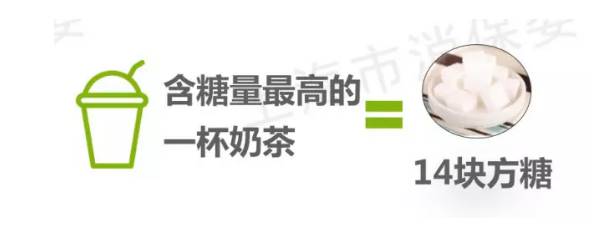
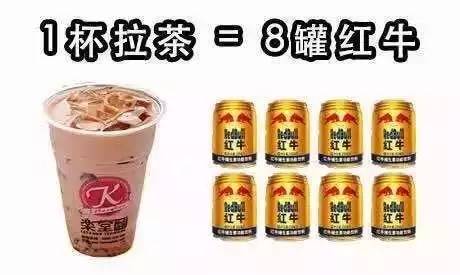
Figures like ▲ do make some consumers talk about milk tea.
two
What did the tea drinker say?
In response to this incident, Ka Men immediately contacted people in the tea industry to find out their views on the survey and the health problems of the current tea industry.
Luo Jun (senior tea brand consultant and planner, founder of Chaxiang Shuxiang brand)
In this experiment, it is meaningful to evaluate from the health dimension, which reflects the concerns of public consumers and pays equal attention to the flavor value and health value of tea products.
The sugar content of drinks can reflect consumers' age and sensitivity to health. generally speaking, the younger consumers are, the higher their acceptance of sugar is. In terms of tea, tea itself plays an excellent role in balancing nutrition, adding sugar and milk to make it easy to change into a form of supplementary nutrition.
Between the age of 18 and 30 is an important transition period, people's nutritional choices will slowly from "supplement" to "balance", milk cover tea is a product that can meet the needs of this group of people. Tea is very healthy, through some blending, it will become a very fashionable drink, just don't be opportunistic.
Han Gang (founder of Tang Tea Industry)
Now most merchants offer the choice of sugar content. I think this survey is to let customers know things that should have been known to customers but may not have been noticed by merchants. Now Chinese consumers need the right to know.
Tea consumers are now relatively young, when they are old, they will naturally have a choice, and will give rise to new tea brands, such as those that focus on the original tea.
Zheng Huixuan (founder of Daffy Tea)
In line with the actual situation in the initial stage of category development, we can jointly formulate industry standards through relevant government regulatory departments, industry associations and brands to promote the development of category norms, protect the rights and interests of consumers, and support the growth of excellent brands!
Chen Jianjun (industry veteran)
Inspiration: low sugar, no trans, low (no) caffeine, may break the game, but also can be delicious, three low has nothing to do with taste.
It is not easy to open a small milk tea shop, small business, can not stand the blow. It's not a safety issue, it's a healthier issue.
three
Does "no sugar" contain sugar after all?
A focus of discussion is: does "sugar-free" contain sugar? In the experiment, 20 samples declared to be "sugar-free" all contained sugar.
In response, Nie Yunchen, founder of Xi Tea, responded to "Ka Men":
This is a reminder that at present, Xi Tea has changed from "no sugar" to "no additional sugar". When placing orders in the future, it will also remind guests that even if they do not add additional sugar, there will be sugar in some raw materials, especially fruit drinks.
Testing for fruit and milk also has sugar in itself. Compared with many drinks, the sugar content of the new tea is low.
There is an area of "cognitive asymmetry"-that is, some consumers choose "sugar-free" milk tea because they think it should be sugar-free, while the operator's "sugar-free" may mean that the product does not add extra sugar in the current process.
At present, there is no "sugar-free" standard for tea drinks made in China.
As for the phenomenon of "trans fatty acids exceeding the standard", Ka Men sought confirmation from brands such as "Kawangka" involved, but there was no response as of press time.
In addition to sugar and trans fatty acids, the test also showed that some brand samples had low protein content and high caffeine and fat content, which once again sounded the alarm for the quality of raw materials in the milk tea industry.
It is worth noting that by comparison, we found a detail-almost all the pre-packaged drinks on the market, including cola, fruit juice, pure milk, yogurt and so on, are clearly printed with a "nutritional composition table". The ingredients are clearly visible.
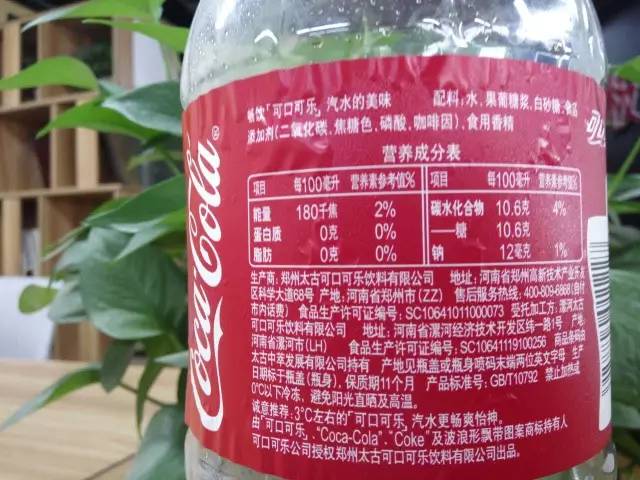
▲ is not only Coca-Cola, but the list of nutritional ingredients is basically the standard for all kinds of beverages.
There is no doubt that the milk tea industry is not perfect in terms of consumers' right to know. This can easily lead to consumers having difficulty in obtaining effective informed channels, listening in and making irrational judgments after similar things happen.
four
It's not just a "health" problem.
This "Milk Tea comparison experiment" basically covers the current mainstream tea brands in the market. As soon as it is issued, it has been re-spread by a number of consumer and life self-media, and has harvested one article after another.
On the one hand, it confirms that tea is really on the hot tide; it also shows that consumers' health awareness is continuing to awaken, especially sensitive to health-related ingredients such as raw materials, sugar, fat and so on.
This test shows that there are excessive ingredients in some products, at the same time, it is also a wake-up call for brands that want to do it for a longer time, such as the standardized use of the concept of "sugar-free"; for example, they should clearly inform the relevant content and do not adapt to the population. this is something that many brands have not noticed in their operations in the past.
On the other hand, it should not be denied that the tea industry continues to evolve to health in product iterations.
Not to mention the early "milk tea powder + water" milk tea, as early as a few years ago, the use of tea brewing, brand milk has almost become a consensus, but in today's new tea menu, the proportion of "milk tea" is getting smaller and smaller.
Safety and good taste is changing from competitiveness to the bottom line, and brands with problems with raw materials will soon die out in the iteration.
This can not be seen simply from the sugar content.
A simple example, the same as drinks, in the cross-category comparison, the sugar content of the new tea is generally low. Standard cola, 10.6 g ram 100ml; NFC juice, which often plays the health brand, generally contains sugar at 10mur14g and 100ml; and even pure milk has about the same sugar content as 5g/100mL-not more than half of the 51 samples in this trial contain more sugar.
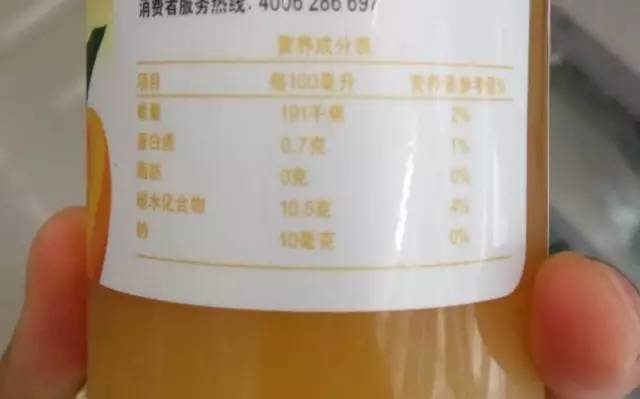
What is surprising about ▲ is that NFC juice, which takes health as the selling point, also has a high sugar content.
Today's consumers are young, have spending power and like new things, but that doesn't mean they are impulsive and blind. on the contrary, they know why they choose a drink.
Such a reminder is needed in an industry that is often described as "pushed and run".
Important Notice :
前街咖啡 FrontStreet Coffee has moved to new addredd:
FrontStreet Coffee Address: 315,Donghua East Road,GuangZhou
Tel:020 38364473
- Prev
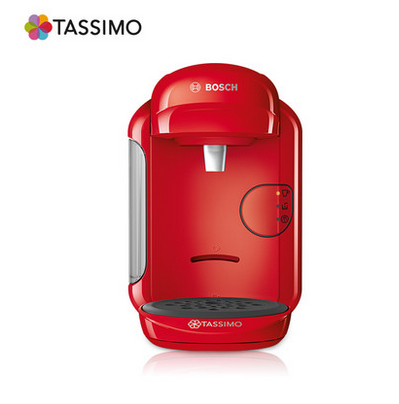
Brief introduction of TASSIMO capsule Coffee Machine
Following Kaiping (official Wechat account vdailycom) found it unpleasant for Beautiful Cafe to open its own shop in a sweltering summer, fled the closed office and went home to relax. At this point, it would be best to have a cup of delicious iced coffee. But what if you don't want to make coffee yourself and you want a cup of high-quality coffee? TASSIM
- Next

This coffee printing shop is not only a 19 smoking ban room, but also a Supreme flash store!
Following Cafe Review (official account vdailycom of Wechat) found that Coffee pull flowers, a small shop of its own, in addition to beautiful swan down patterns and even cute chinchillas, has long been popular all over the world. ~ Hannah once gave Zhou Dongla a handmade 3D version. The technical requirements are quite high! The picture is from the Internet, if we don't have it.
Related
- What is the standard process for the purpose of coffee cup testing? What is the difference between hand-brewed coffee and cup testing?
- How to use hand-brewed coffee paragon small golden balls? How does cold coffee lock in the aroma of coffee?
- Is American coffee black? What is the difference between American coffee and drip coffee?
- Unexpected! Well-known tea beverage brand Lele Tea will withdraw from the Zhengzhou market!
- Starbucks enters the fashion and beauty industry?! Netizen: Give me an ice American eye cream
- Why can American refills for free? The difference between Americano and American drip pot coffee
- Being chased out of the rain in front of Starbucks?! Store: Sheltering from rain under umbrellas poses a safety hazard
- The white moonlight has changed?! Lucky launches "Big Winter Pear American"
- Hand-brewed coffee three-stage method, high-sweet and universal brewing method to share! What does the high sweet water level of hand-brewed coffee mean?
- What is the difference between raw, refined and full espresso coffee? How to extract espresso and taste good?

